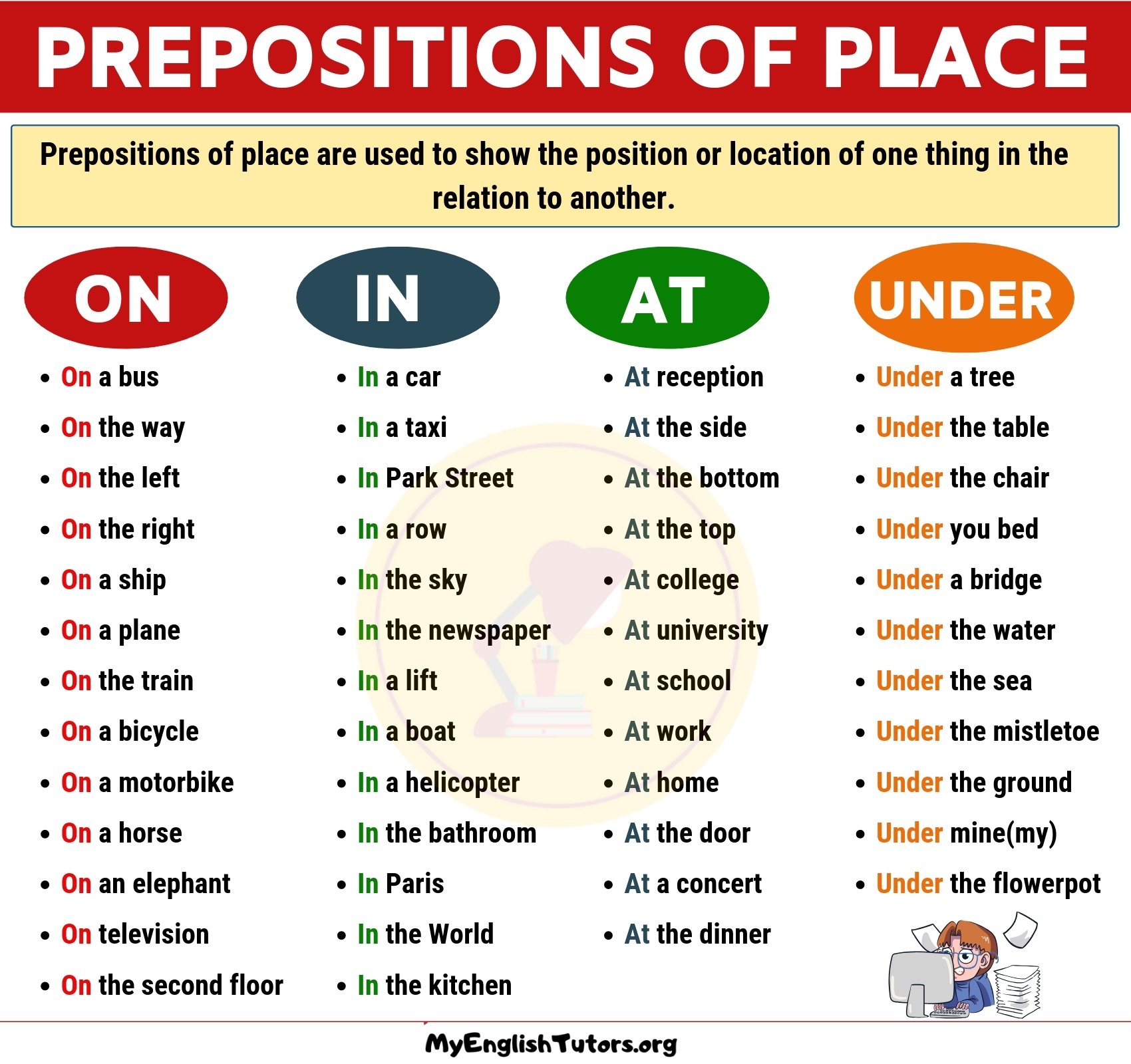In the English language, prepositions are words that show the relationship between a noun or pronoun and other words in a sentence. They are used to indicate location, time, direction, and other relationships. Prepositions are essential for creating clear and meaningful sentences.
Prepositions are usually short words, such as “in,” “on,” “at,” “with,” “under,” “between,” and “behind.” They are versatile and can be used in various contexts to convey different meanings. Understanding how to use prepositions correctly is crucial for effective communication in English.
Preposition Word Examples
1. On: The book is on the table.
2. Under: The cat is under the bed.
3. Between: The sandwich is between two slices of bread.
4. With: I went to the movies with my friends.
5. At: The party starts at 8 PM.
These are just a few examples of prepositions in action. They help provide context and clarity in sentences, allowing us to describe relationships between objects, people, and places.
Prepositions can also be used to indicate time, direction, and other relationships. For example, “before,” “after,” “above,” “below,” “in front of,” and “beside” are all prepositions that help us describe specific positions and relationships.
It’s important to note that prepositions can sometimes be tricky to use correctly, especially for non-native English speakers. However, with practice and exposure to the language, mastering prepositions becomes easier.
Understanding prepositions and their usage can significantly improve your English language skills and help you communicate more effectively. By paying attention to prepositions in sentences and practicing their usage, you can become more confident in expressing yourself in English.
In conclusion, prepositions play a crucial role in English grammar and help us convey relationships and meanings in sentences. By familiarizing yourself with preposition word examples and practicing their usage, you can enhance your language skills and become a more proficient English speaker.
